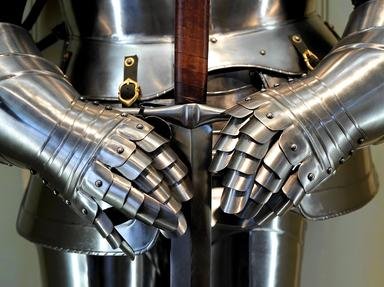Quiz Answer Key and Fun Facts
1. Within the ancient Egyptian army was an elite fighting force known as the Medjay. Eventually the Medjay contained soldiers from all places in the Egyptian empire, but from what region did the group originate?
2. Much has been written about the military accomplishments of the ancient Spartans, but there was another polis in ancient Greece that produced a group of elite soldiers. In which city-state was the Sacred Band found?
3. A group of 10,000 infantrymen, this Persian guard received its name from the fact that when one of them fell, he was immediately replaced. By what name was the group of soldiers known?
4. From Macedonia, the King's Companions, also called the Hetairoi, were a vital part of Alexander the Great's military. Which of the following best describes their role?
5. The Praetorian Guard, ancient Rome's early elite unit, was sworn to protect the emperor, however, they reportedly took part in in the assassination of which of the following?
6. What name was given to the elite group of Viking warriors who historians believe were associated with a bear cult?
7. The Vigla, established as early as the late 4th century, was an elite force found in which of the following empires?
8. What was the name of the Mongol elite force, charged with guarding Genghis Khan and his successors?
9. One group of elite soldiers in the Aztec Empire actually wore animal skins into battle. By what name were they known?
10. How were the Ninjas of feudal Japan different from the Samurai class of warriors?
Source: Author
ponycargirl
This quiz was reviewed by FunTrivia editor
agony before going online.
Any errors found in FunTrivia content are routinely corrected through our feedback system.
